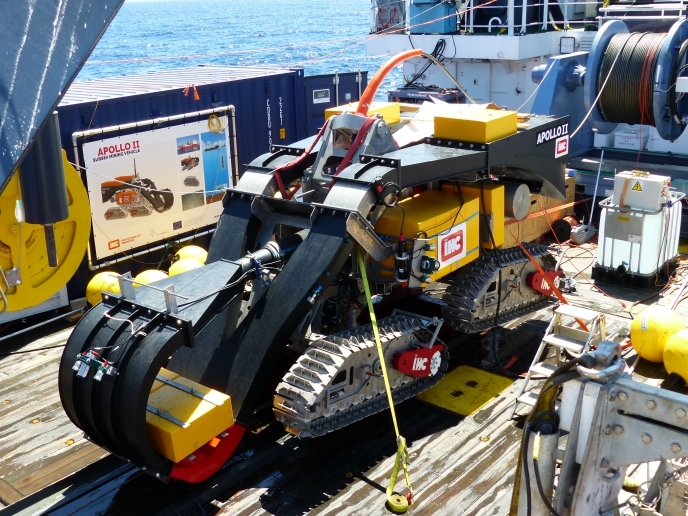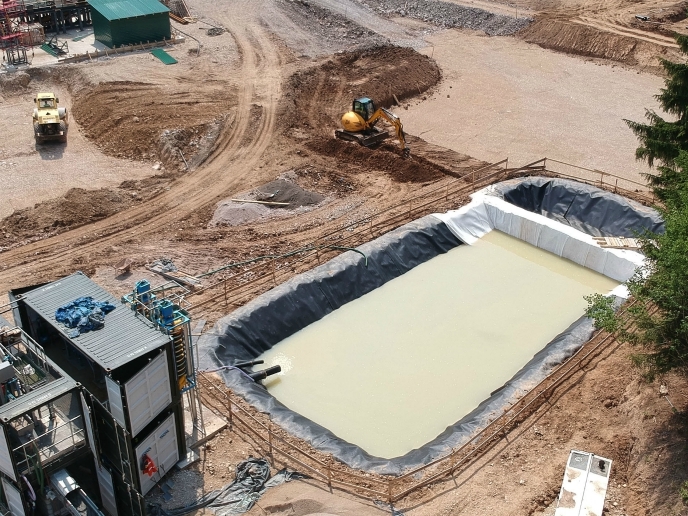Designing lighter parts for transport vehicles
Lighter metallic parts result in lower weight and thus less fuel consumption when it comes to transport vehicles. Less fuel consumption translates to fewer greenhouse gas (GHG) emissions. The use of alloys, combinations of various metals, has proved beneficial in enhancing performance characteristics while reducing weight. Combinations of metals can be chosen for their specific individual properties and a process called precipitation-hardening can be used to strengthen most structural alloys. European researchers decided to optimise the light-alloy design process, focusing on aluminium alloys, through a combination of experimental investigations and development of advanced modelling tools to characterise medium-scale (mesoscopic) materials’ behaviour. EU funding of the ‘Novel experimental and modelling approach for optimisation of light alloys’ (Nemolight) project is enabling them to pursue their goals. Using various model systems, the scientists are characterising heat and deformation effects during the precipitation procedure with unprecedented precision using world-class electron microscope facilities. They have also modified precipitation models accordingly, resulting in a robust model applicable to any thermodynamically well-defined system. Finally, investigators have initiated a study evaluating the relationship between the microstructure of the precipitate and its electrochemical behaviour. To date, the Nemolight project team has published five important papers and presented the work at conferences and an international summer school course. The project is expected to advance the state of the art in optimisation of design of light-weight alloys for transport applications. Commercialisation of concepts will no doubt provide a significant boost to EU competitiveness in the field.







